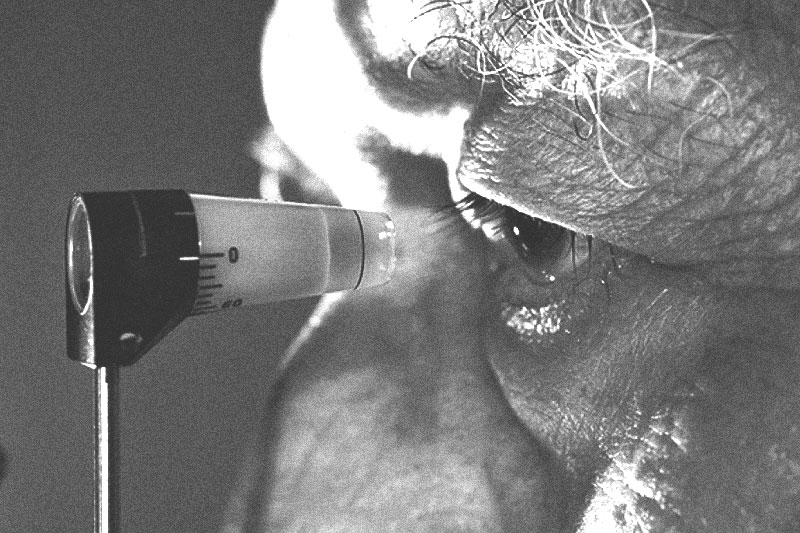Only 27 percent of Americans say they have heard of ocular hypertension, a condition without symptoms that can lead to glaucoma.

Even more alarming, according to a national survey of 2,037 Americans, only seven percent of those aware of ocular hypertension knew that it has no symptoms. Also, only 29 percent of those surveyed who are at an increased risk for ocular hypertension — those aged 40 and older — were aware of the disease or the need for regular screening.
“Estimates of the number of people in the U.S. suffering from ocular hypertension range from 3 to 6 million,” said Dr. Kuldev Singh, Director of the Glaucoma Service at Stanford University School of Medicine. “Since ocular hypertension is usually not associated with symptoms, most individuals with the condition are unaware that they have a problem. That’s why individuals aged 40 and older should see their eye doctors for annual exams to determine if ocular hypertension is present and whether treatment is needed to decrease the risk of developing glaucoma.”
When intraocular pressure is elevated, a person is at higher risk for developing glaucoma, disease-causing optic nerve damage that leads to visual impairment. Only 41 percent of those surveyed could identify ocular hypertension as a factor that increased the risk of glaucoma.
Only 19 percent of those surveyed from the over-40 age group knew that routine screening was recommended for ocular hypertension. Also, 41 percent of the same group had not been tested for ocular hypertension or glaucoma in the past year.
Drugs that lower blood pressure, called beta-blockers, are commonly used to treat ocular hypertension.


